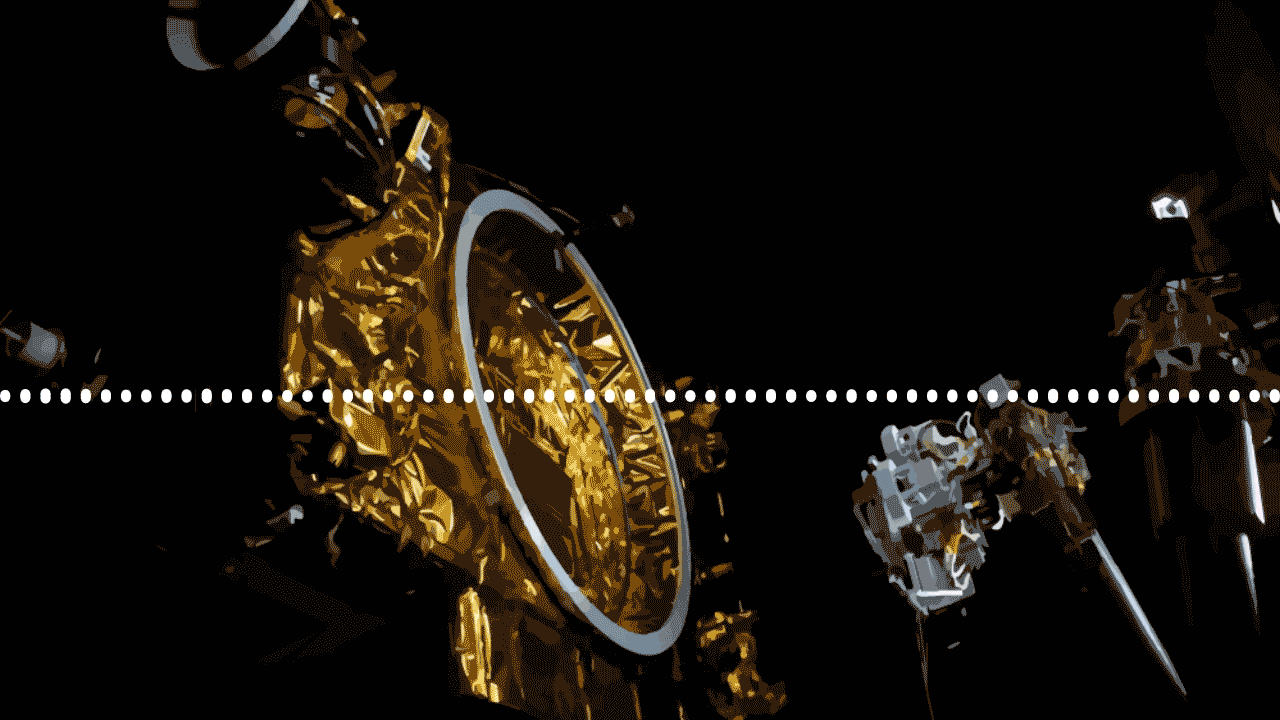Restore-L: Robotic Satellite Servicing Project
The Restore-L project will develop technologies for on-orbit rendezvous with, inspection, repair and refueling of a client satellite, all of which are vital for a future satellite servicing capability. NASA is proactively transferring Restore-L technologies to all interested U.S. companies to help jumpstart a new domestic satellite servicing industry, and position the U.S. as the global leader of in-space satellite maintenance, upgrade and assembly.
Learn more about Restore-L and NASA’s satellite servicing technologies: https://sspd.gsfc.nasa.gov/
For media inquiries, please contact: Clare Skelly at (301) 286-4994.
Restore-L Development
NASA engineers use mock-ups to evaluate and refine concepts. A mock-up of a satellite and an early robotic arm prototype are used to develop Restore-L.
Restore-L Development
NASA engineers use mock-ups to evaluate and refine concepts. A mock-up of a satellite and an early robotic arm prototype are used to develop Restore-L.
Restore-L Development
NASA engineers use mock-ups to evaluate and refine concepts. A mock-up of a satellite and an early robotic arm prototype are used to develop Restore-L.
Robotic Servicing Arm
NASA is developing a 2-meter class, seven-degree-of-freedom robotic arm for Restore-L. Here, an early development unit is shown. This working, ground-based version helps NASA hone, refine and evaluate the design.
Robotic Servicing Arm
NASA is developing a 2-meter class, seven-degree-of-freedom robotic arm for Restore-L. Here, an early development unit is shown. This working, ground-based version helps NASA hone, refine and evaluate the design.
Timelapse by DHG Creative
Restore-L Development at the Robotic Operations Center
In this time-lapse NASA engineers, standing in front of a mock-up of Restore-L, describe NASA’s satellite servicing technologies to tour guests.
Timelapse by DHG Creative
Robotic Simulations
Within the Robotic Operations Center at NASA’s Goddard Space Flight Center in Greenbelt, Maryland, engineers use industrial robots and mock-ups to simulate how objects move and interact with each other in space. NASA is using this data to develop and refine Restore-L.
Robotic Simulations
Within the Robotic Operations Center at NASA’s Goddard Space Flight Center in Greenbelt, Maryland, engineers use industrial robots and mock-ups to simulate how objects move and interact with each other in space. NASA is using this data to develop and refine Restore-L.
Credits
Please give credit for this item to:
NASA's Goddard Space Flight Center
-
Producer
- Stuart A. Snodgrass (HTSI)
-
Videographer
- Rob Andreoli (Advocates in Manpower Management, Inc.)
Release date
This page was originally published on Wednesday, March 23, 2016.
This page was last updated on Wednesday, May 3, 2023 at 1:48 PM EDT.
